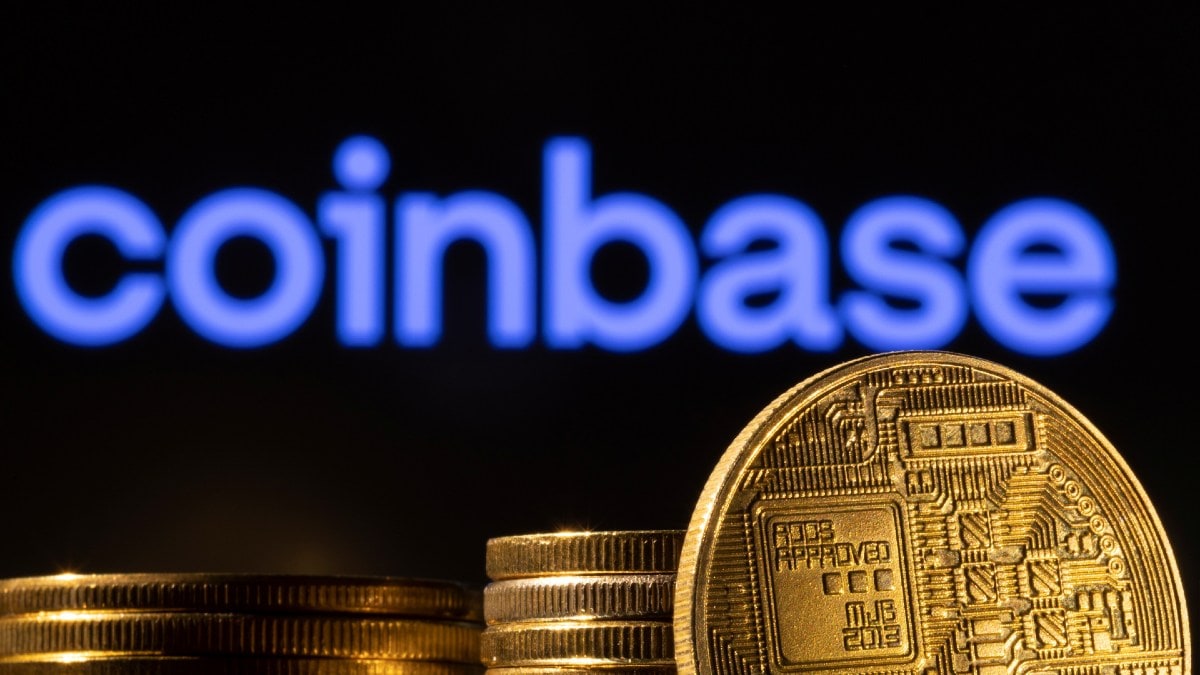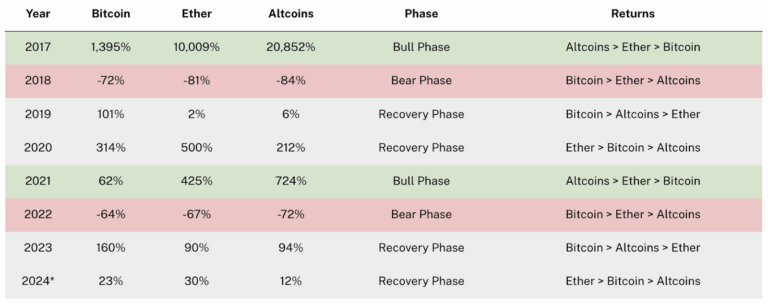is coinbase good for buying crypto An In-Depth Look
Is Coinbase good for buying crypto? This question is on the minds of many potential investors as they navigate the ever-evolving world of cryptocurrency. With its user-friendly interface, wide array of cryptocurrencies, and robust security measures, Coinbase has emerged as a popular choice for both novice and experienced traders alike.
The platform offers a comprehensive suite of features designed to facilitate the buying and selling of cryptocurrencies with ease. From its intuitive navigation to the educational resources available, Coinbase aims to make the crypto experience accessible and engaging for everyone.
Overview of Coinbase
Coinbase is one of the most popular cryptocurrency exchanges in the world, known for its user-friendly interface and robust features that cater to both beginners and experienced traders. Established in 2012, it has grown significantly, offering a wide range of cryptocurrencies for purchase. The platform provides a straightforward way to buy, sell, and store various digital currencies, making it an attractive option for anyone interested in entering the crypto space.Coinbase supports a diverse selection of cryptocurrencies, including major coins like Bitcoin, Ethereum, and Litecoin, as well as numerous altcoins.
This variety allows users to explore different investment opportunities within the crypto market. The user interface is designed to be intuitive, featuring easy navigation and clear instructions that help new users understand the process of buying and trading cryptocurrencies without feeling overwhelmed.
Security Measures
Coinbase prioritizes the security of its users' assets by implementing a range of advanced security protocols. Notably, the platform holds 98% of customer funds in cold storage, which is offline and less vulnerable to hacking attempts. Additionally, Coinbase employs two-factor authentication (2FA) and encryption to protect sensitive user data.Despite its strong security measures, Coinbase has faced notable incidents, such as the 2020 data breach where some user accounts were compromised.
The company responded promptly by enhancing its security infrastructure and updating its customer support protocols to assist affected users more efficiently. To bolster account security, users are encouraged to enable 2FA, use strong, unique passwords, and regularly monitor their account activity.
Fees and Costs
When buying crypto on Coinbase, users should be aware of several types of fees that may apply. The platform charges a spread on trades, which varies with market fluctuations, and a flat fee based on the transaction amount. Below is a breakdown of the different fees associated with purchasing cryptocurrency on Coinbase:
- Transaction Fees: A percentage of the purchase price, which can vary.
- Spread: A variable fee based on current market conditions.
- Deposit Fees: Additional charges may apply for certain payment methods.
Compared to other popular exchanges, Coinbase's fees can be higher, particularly when buying small amounts of cryptocurrency. Users should also watch for hidden costs, such as withdrawal fees when moving funds off the platform. It’s essential to review the fee structure before making transactions to avoid unexpected charges.
Payment Methods

Coinbase offers various payment methods for purchasing cryptocurrencies, allowing users flexibility in how they fund their accounts. The available options include:
- Bank Transfers: Typically have longer processing times but lower fees.
- Debit and Credit Cards: Enable instant purchases but may incur higher fees.
- PayPal: Available for withdrawals, making it easy to transfer funds.
Each payment method comes with its advantages and disadvantages. For example, bank transfers are often cheaper but can take several days to process, while credit card transactions are quicker but attract higher fees. Users should choose the payment method that best fits their urgency and cost preferences.
Customer Support and Resources

Customer support options for Coinbase users include an extensive help center, live chat, and email support. The help center provides a wealth of information, including guides, FAQs, and troubleshooting resources to assist users in navigating the platform.In addition to customer support, Coinbase offers educational resources tailored to different experience levels. These resources help users understand cryptocurrency concepts, trading strategies, and market analysis.
User experiences with Coinbase's customer service have been mixed; while many appreciate the comprehensive online resources, some have reported delays in response times during high-traffic periods.
Pros and Cons
Using Coinbase for buying crypto comes with several advantages, as well as some drawbacks:
- Pros:
- User-friendly interface suitable for beginners.
- Wide variety of cryptocurrencies available for purchase.
- Strong security measures in place to protect user assets.
- Cons:
- Higher fees compared to some competitors.
- Limited advanced trading features for experienced traders.
- Customer support response times can be slow during peak demand.
User testimonials highlight a mix of experiences, with many praising the ease of use and security, while others express frustrations with the fees and customer service.
Competitor Comparison
When comparing Coinbase to other cryptocurrency exchanges, features such as ease of use, security, and available cryptocurrencies stand out. Competitors like Binance and Kraken may offer lower fees and more advanced trading options, but they can also be more complex for new users.Key differentiators for Coinbase include its reputation for security and regulatory compliance, which can enhance user trust. Coinbase maintains a solid market position, particularly in the U.S., where it has established itself as a go-to platform for buying and selling cryptocurrencies.
Emerging platforms continue to pose competition, but Coinbase's commitment to user experience and security helps it maintain a strong foothold in the market.
Regulatory Compliance
Coinbase is compliant with regulations across multiple jurisdictions, which enhances its credibility in the eyes of users. The platform adheres to legal requirements for anti-money laundering (AML) and know your customer (KYC) protocols, which help to safeguard the integrity of the cryptocurrency market.Regulatory compliance positively impacts user trust, as customers feel more secure knowing that the platform operates within legal frameworks.
Recent changes in regulations, particularly in the U.S., have prompted Coinbase to adapt its policies and procedures to ensure continued compliance, demonstrating its commitment to maintaining a trustworthy and secure trading environment.
Last Point

In summary, while Coinbase offers many advantages such as security and ease of use, it’s essential for users to weigh these benefits against potential drawbacks like fees and limited payment options. Ultimately, understanding what Coinbase has to offer will help you make an informed decision on whether it’s the right platform for your crypto buying needs.
FAQ Insights
What cryptocurrencies are available on Coinbase?
Coinbase offers a wide variety of cryptocurrencies, including Bitcoin, Ethereum, Litecoin, and many others.
How secure is Coinbase?
Coinbase employs robust security measures, including two-factor authentication and cold storage for funds, but users should also follow best practices for account security.
Are there any hidden fees on Coinbase?
While Coinbase is transparent about its fees, users should be aware of potential spreads on trades and network fees that may apply.
What payment methods can I use on Coinbase?
Users can buy crypto with bank transfers, credit and debit cards, and other payment options, each having different processing times.
How does Coinbase compare to other exchanges?
Coinbase is known for its ease of use and security, but it may have higher fees compared to some competitors, making it essential to compare platforms based on individual needs.











![XRP and Dogecoin [DOGE]: Can These Market Leaders Move Even Higher From ... XRP and Dogecoin [DOGE]: Can These Market Leaders Move Even Higher From ...](https://cd.blokt.com/wp-content/uploads/2018/10/pasted-image-0.png)




:max_bytes(150000):strip_icc()/Spot-bitcoin-etfs-8358373_final-32a4e2794ec84896bd0dd7df8f933c62.png)